By Jane
Make Life Easy
When I give talks on herbs to local clubs, pretty much everyone in the room is fascinated by the possibility of making their own herbal treatments. That includes salves. Making herbal salves is a superb way to create natural first-aid treatments for the whole family.
Salves are simply thickened ointments that are used to soothe and heal skin. Depending on which herbs they contain, they can be used to treat everything from burns and insect bites, to rashes, inflammation and chapped lips or rough hands.
What’s involved?
It’s surprisingly easy. All you need is an infused oil (you can make this yourself or buy one), beeswax and essential oil. The beeswax thickens the salve so that it’s easier to apply to the skin. You can play around with the consistency of your salve, depending on how you like it, by adding more or less beeswax.
Cold-infused oils
The oil-soluble components (all the medicinal goodies) of herbs can be extracted by infusing the herbs in oil (like olive or almond oil) for a period of time. Extracting the medicinal components from herbs is usually done by cold infusion (see technique below). However, this takes several weeks. If you want a quicker option, you can buy infused oils from herbalists or online specialists to save you time, or make a hot-infused oil.
Hot-infused oils
Hot infusion is carried out for woodier or tougher plant parts. It is a much quicker method and can be completed in just a few hours. However, you need to ensure you heat the oil very gently, otherwise the herbs’ active constituents may be destroyed. Hot oil infusions are often used for chilli peppers and ginger, which can be used to treat sore muscles and stiff joints, or for when you want an infused oil quickly (though I prefer to use the cold-infusion method).
Making an infused calendula oil
One of my favourite infused oils, which can be used for a variety of ailments, is calendula oil, and it’s a great herb to start with in salve-making. You can, however, infuse other herbs, using the same instructions below.
Calendula is an excellent herb for skin irritations, including rashes, scratches, cuts, inflammation and minor burns. It’s also good for chapped lips and hands and is gentle enough for babies (can be used for diaper rash) and elderly skin. It stimulates the production of collagen at the wound site, helping to minimise scars.
Method:
- Fill a 1-litre glass jar that has a tight-fitting lid three-quarters full with fresh calendula petals (half full for dried petals). Before placing in the jar, allow freshly picked petals to dry for 12 hours after picking to remove most of the moisture. Too much moisture will cause the oil to go rancid.
- Fill the jar with cold-pressed virgin olive oil, stopping about 3cm from the top. Stir, screw the lid on tightly, then place the jar on a bright windowsill (out of direct sunlight) for 4-6 weeks. Shake once a day.
- After 4-6 weeks, strain through a fine muslin cloth. Pour the infused oil into a glass bottle, label with the name and date, and store in a cool, dark cupboard.
- This oil can be rubbed onto the skin as it is to soothe rashes and eczema, or use it to make a salve, which is less messy.
Other herbal oils
The list is long when it comes to the various herbs useful for making salves. Instead of calendula, try chickweed (for minor burns, rashes, eczema, psoriasis, insect bites and other skin irritations), comfrey (for wounds, bruises and minor burns), lavender (soothing and anti-inflammatory), thyme (antiseptic for cuts and scratches), yarrow (for bruising, cuts, scrapes, bleeding, rashes), plantain (great for bee stings, insect bites, inflammation and minor burns), chamomile (soothing, anti-inflammatory) or lemon balm (for cold sores).
Making a hot-infused oil
For dried herbs use a ratio of one part herb to 3 parts oil. For fresh herbs, use one part herb to 1.5 parts oil.
- Coarsely chop the herb and add, together with the oil, to a double boiler (or heat-proof glass bowl placed over a saucepan with water) and simmer over low heat for 1-3 hours. Make sure it is a very low simmer with only a few bubbles. Do not let the oil boil.
- When the oil looks and smells ‘herby’ (roots and thicker parts will take the longest), it’s ready. The lower the heat and longer the infusion, the better. Cool, then strain into another bowl through a fine muslin cloth, squeezing out as much liquid as possible. Pour into a bottle and seal.
Calendula salve
You can use a different essential oil here, if you wish, but I like lavender. It is a natural antibiotic and antiseptic.
Ingredients:
- 15g beeswax, roughly chopped or grated
- 100ml calendula-infused oil
- 10-20 drops of lavender essential oil (depending on your preferred scent)
Method:
- Place beeswax and calendula oil in a double boiler and heat on low until the beeswax is melted.
- At this stage you can check the consistency. Pour a tablespoon of the mixture onto a saucer and place in the freezer for 1-2 minutes, until it cools. Remove from the freezer. For a thicker consistency, add more beeswax. For a softer consistency, add more oil.
- Once you have it at your desired consistency, remove from the heat and add the lavender essential oil.
- Pour into small, clean, dry jars or tins. Allow to cool completely before placing the caps on the jars. Store in a cool, dark cupboard.
Gardener’s salve
This is a great all-round salve to soothe gardeners’ hands or for treating rashes and other skin irritations, minor burns, scratches and insect bites.
Ingredients:
- 15g beeswax, roughly chopped or grated
- 30ml calendula-infused oil
- 30ml chickweed-infused oil
- 30ml plantain-infused oil
- 1 tablespoon rosehip seed oil
- 10-20 drops of lavender essential oil
Method:
Make as for the calendula salve, adding the rosehip seed oil with the lavender essential oil after the beeswax has melted and the double boiler has been removed from heat.
Want more? Check out my online herb workshop
Jane is Editor of Sweet Living magazine; Editor of HerbNews (the quarterly magazine for the NZ Herb Federation); Herb columnist for NZ Gardener magazine; and Weekly gardening columnist for Waikato Times, Southland Times, Manawatu Standard, Taranaki Daily News, Nelson Mail, Marlborough Express and Timaru Herald. She frequently gives talks and runs workshops across the country.
 My Favourites
My Favourites


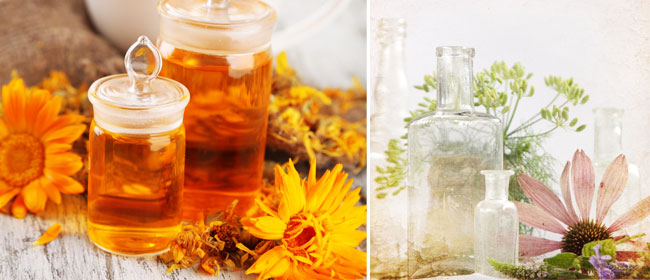
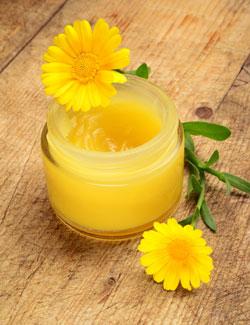
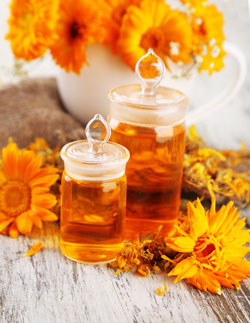
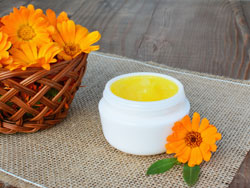

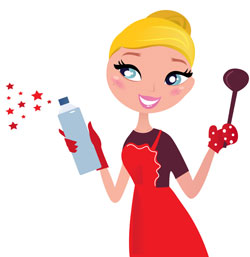








Speak Your Mind